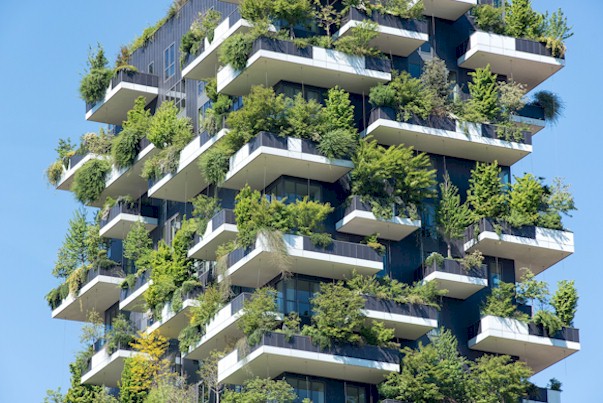
Modular construction is a hot topic in the construction industry and in particular for hospitality projects. Hotels, given their often-repetitive nature, are ideal for modular construction. The citizenM New York Bowery Hotel which opened a few months ago is a prime example. This new 19-story, 100,000 square foot building is located at 189 Bowery, in the Lower East Side of Manhattan. It consists of 300 guestrooms, double height lobby and lounge, as well as a rooftop lounge and outdoor deck with spectacular views of the city. The hotel won the 2019 World of Modular's First Place Award of Distinction and is the tallest modular hotel in the world. READ MORE


 The hospitality industry is constantly evolving to meet and exceed guest expectations. As a result, hotels are always on the lookout for new ways to improve the guest experience, and architecture and design is an essential part of this equation. Bold design is often the most effective way to make an exceptional first impression - an impression guests use to distinguish between brands. One design trend that is being embraced worldwide has become known as “Biophilic Design.” Biophilic design is based on the concept of biophilia, which is the theory that human beings have an innate tendency to seek out nature, natural elements, and natural forms. Biophilic design is more than hotels simply adding a surplus of plants; it involves incorporating specific design elements into a hotel in order to imbue it with a sense of wellness and well-being. Some of those elements include exposure to natural lighting; views of nature and rooms with a view; natural architectural patterns; salvaged or reclaimed woods of all types; reclaimed metals; sustainably sourced stone; living green walls and vertical gardens; and direct and indirect exposure to nature. Hotels that have incorporated biophilic design into their properties are reaping the benefits associated with this trend including reduced stress responses, better air quality, lower energy costs, and more positive guest reviews. Biophilic design has also been shown to improve guest moods and to satisfy consumer demand for environmental responsibility. Savvy hotel owners and managers are aware that nature-inspired elements enhance their guests' comfort and well-being, which is why this trend is becoming so prevalent. Biophilic design is just one topic in the fields of hotel architecture and design that will be examined in the November issue of the Hotel Business Review.
The hospitality industry is constantly evolving to meet and exceed guest expectations. As a result, hotels are always on the lookout for new ways to improve the guest experience, and architecture and design is an essential part of this equation. Bold design is often the most effective way to make an exceptional first impression - an impression guests use to distinguish between brands. One design trend that is being embraced worldwide has become known as “Biophilic Design.” Biophilic design is based on the concept of biophilia, which is the theory that human beings have an innate tendency to seek out nature, natural elements, and natural forms. Biophilic design is more than hotels simply adding a surplus of plants; it involves incorporating specific design elements into a hotel in order to imbue it with a sense of wellness and well-being. Some of those elements include exposure to natural lighting; views of nature and rooms with a view; natural architectural patterns; salvaged or reclaimed woods of all types; reclaimed metals; sustainably sourced stone; living green walls and vertical gardens; and direct and indirect exposure to nature. Hotels that have incorporated biophilic design into their properties are reaping the benefits associated with this trend including reduced stress responses, better air quality, lower energy costs, and more positive guest reviews. Biophilic design has also been shown to improve guest moods and to satisfy consumer demand for environmental responsibility. Savvy hotel owners and managers are aware that nature-inspired elements enhance their guests' comfort and well-being, which is why this trend is becoming so prevalent. Biophilic design is just one topic in the fields of hotel architecture and design that will be examined in the November issue of the Hotel Business Review.






















